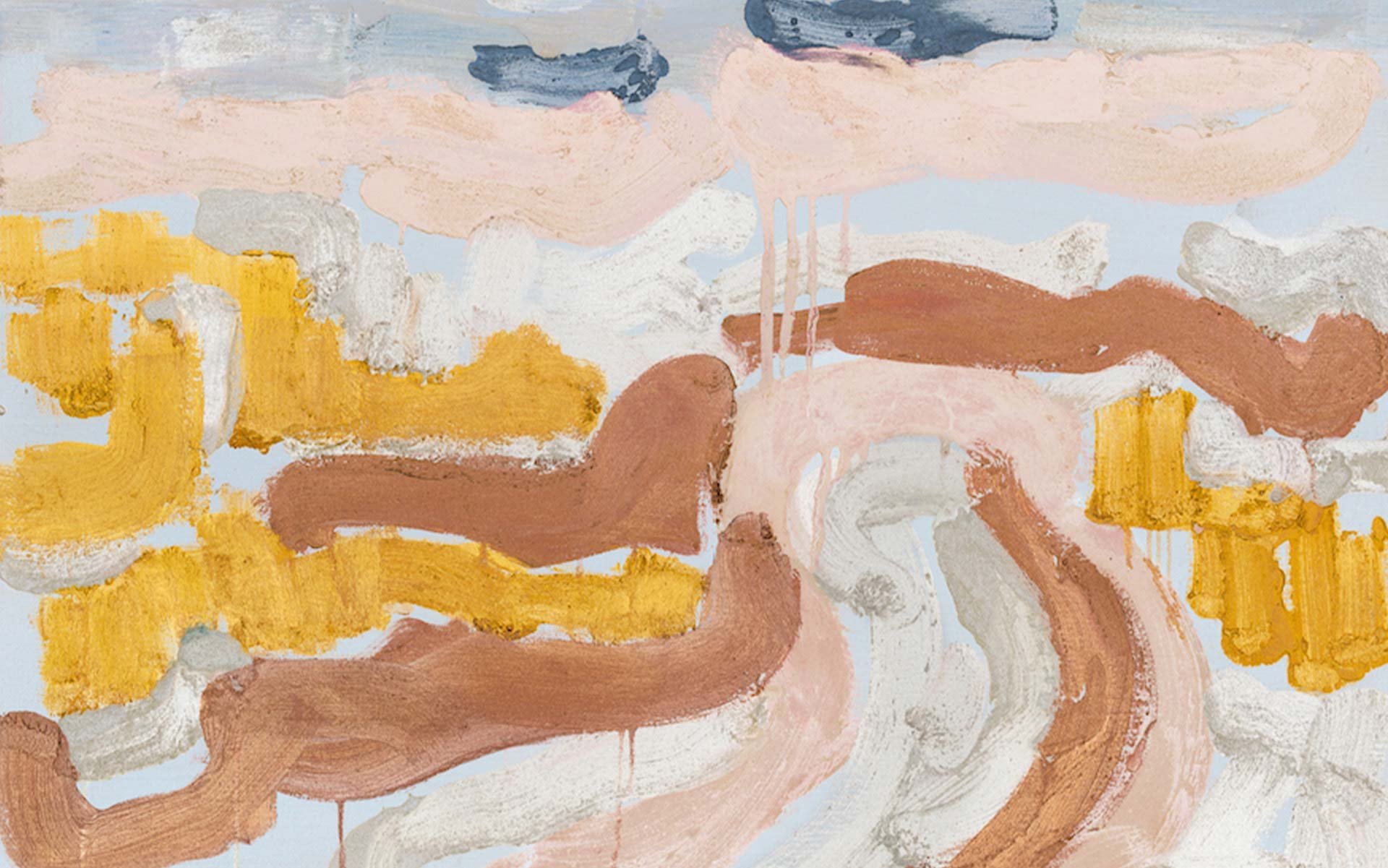“Closely held memories of childhood in Kyiv and deeply rooted remembrances of family and beloved places fuel the dreamlike imagery of Alla Broeksmit’s art. Gestural brushwork and the tactility of hand-mixed pigments in the muted palette of faded frescoes lend texture and atmosphere to her expressively rendered paintings, evoking a sense of time past, recalled to the present.”



